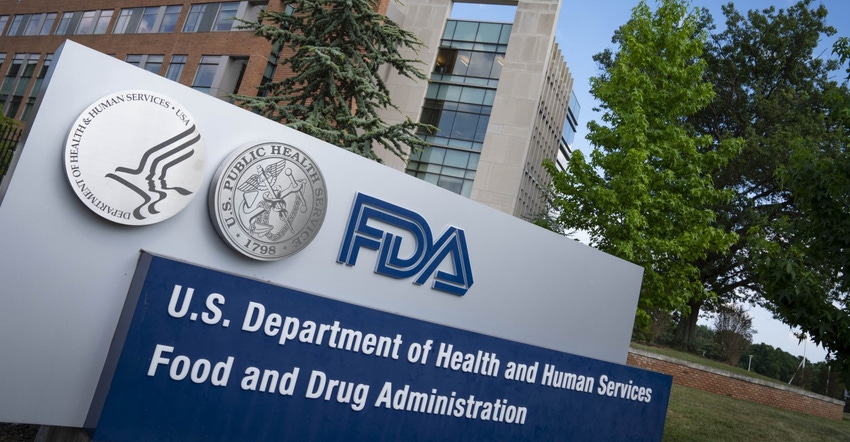
More than 20 years after the yogurt industry first petitioned the Food and Drug Administration to update the standard of identity and more than 11 years since the agency first issued a proposed rule for a modernized standard of identity for yogurt, the agency announced it will issue a final rule to modernize the standard of identify for yogurt.
FDA says it is issuing a final rule to amend and modernize the standard of identity for yogurt by allowing for greater flexibilities and technological advances in yogurt production. Currently, the FDA has separate standards of identity for yogurt, lowfat yogurt and nonfat yogurt. Under the final rule, lowfat yogurt and nonfat yogurt will be covered under FDA’s general definition and standard of identity, which allows nutritionally modified versions of traditional standardized foods.
The final rule expands the allowable ingredients in yogurt, including sweeteners such as agave, and reconstituted forms of basic dairy ingredients. It establishes a minimum amount of live and active cultures yogurt must contain to bear the optional labeling statement “contains live and active cultures” or similar statement. For yogurt treated to inactivate viable microorganisms, the statement “does not contain live and active cultures” is required on the label.
Additionally, the final rule supports the many innovations that have already been made in the yogurt marketplace, including continuing to allow manufacturers to fortify yogurts, such as adding vitamins A and D, as long as they meet fortification requirements. The rule also allows various styles or textures of yogurt as long as they meet requirements in the standard of identity.
After decades of advocating for updates, the International Dairy Foods Association called the move “a highly anticipated and much needed first step,” and advocated that FDA should more expeditiously and transparently modernize food standards—including the 102 dairy food standards of identity—to allow the industry to continue to offer nutritious, innovative foods that satisfy consumer needs and desires.
IDFA President and CEO Michael Dykes says many elements of the rule are consistent with IDFA’s comments made to FDA in response to the 2009 proposed rule. “We are disappointed, however, that a number of important IDFA recommendations that were sought to align with current industry practices and allow more room for innovation, flexibility and growth within the yogurt category were not fully considered or included in this revised standard,” Dykes notes.
Dykes says FDA has still not progressed on another long-overdue request from the food industry, filed in 2006, that requests a novel, horizontal approach to modernize all food standards developed and regulated by the agency.
“We are hopeful that such an all-encompassing regulatory modernization effort may allow for further changes to the yogurt standard in the near future, consistent with the yogurt industry’s interests, along with modernization of the many other dairy product standards FDA regulates,” he says.
“Modernization of food standards—and streamlining the process to do so—will allow the dairy and the broader food industry to innovate and utilize new, more efficient and sustainable production processes and innovative ingredients that satisfy rapidly changing consumer demands for unique, nutritious, convenient, wholesome and enjoyable food products,” Dykes says. “FDA should endeavor to act more expeditiously and transparently as the agency takes steps to modernize food standards, allowing more open engagement with industry and consumer stakeholders. IDFA stands ready and willing to work with FDA to make standards modernization a reality that all will benefit from.”
About the Author(s)
You May Also Like






